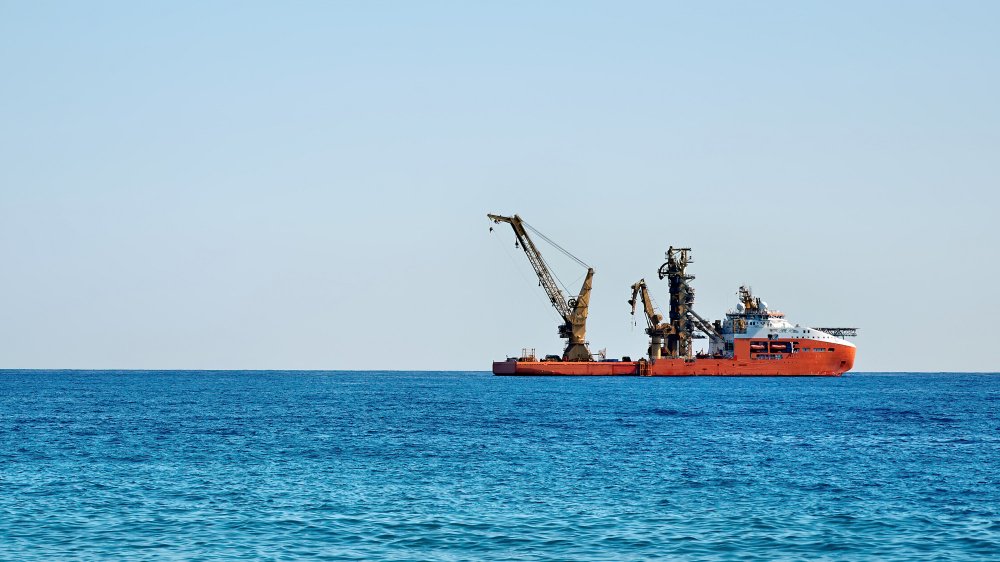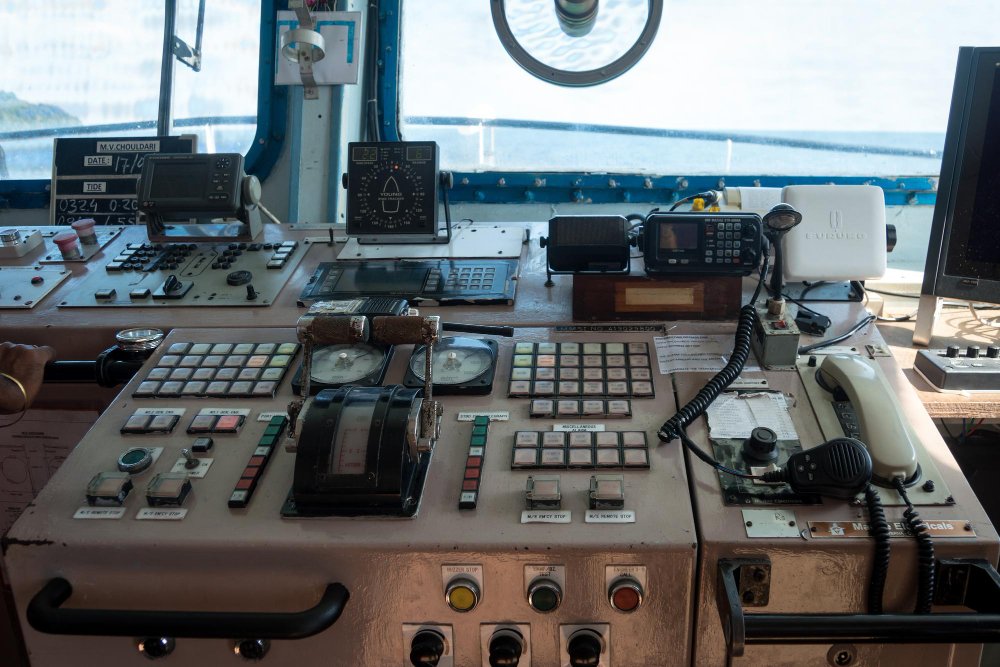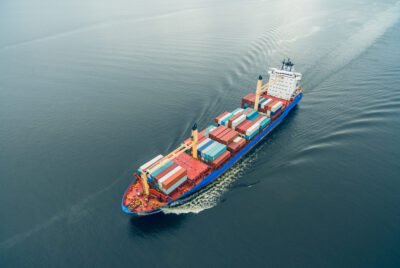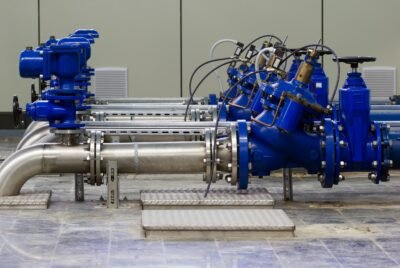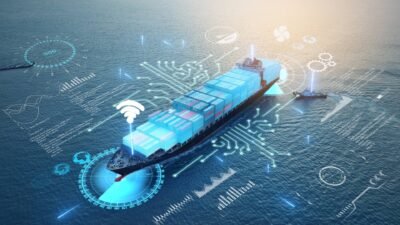In the maritime industry, reliable and efficient control of mechanical systems is essential for ensuring smooth operations. Actuators and their related components—actuator assemblies, actuator cables, and actuators for cover switches—are key elements that enable the automation and precise control of various systems on ships and offshore platforms. Let’s take a closer look at these components and their critical roles in marine operations.
What is an Actuator?
An actuator is a mechanical device that converts energy (usually electrical, hydraulic, or pneumatic) into physical motion. Actuators are used to control systems and mechanisms such as valves, dampers, or switches. In the maritime sector, actuators are integral for automating systems and ensuring precise movement control, especially in areas that require frequent adjustments or automation.
Types of Actuators
There are several types of actuators commonly used in maritime systems, each suited for specific applications:
Electric Actuators: These actuators are powered by electricity and are commonly used for valve operation, dampers, and other systems where precise, automated control is needed.
Pneumatic Actuators: Powered by compressed air, these actuators are frequently used in applications requiring fast and powerful movements, such as in control systems for pumps or ballast valves.
Hydraulic Actuators: Using pressurized fluids, hydraulic actuators are ideal for high-force applications in systems like steering mechanisms or heavy-duty equipment.
What is an Actuator Assembly?
An actuator assembly is the complete system that includes the actuator and all its associated components necessary for its operation. These components may include gears, motors, and linkages, which work together to provide the actuator with the necessary force and movement. In maritime applications, actuator assemblies are used to automate systems like valve control, cover switches, and engine throttle control.
The Importance of Actuator Cables
An actuator cable is the wiring or conduit that connects an actuator to its control system or power source. These cables are critical because they ensure that the actuator receives the correct signals to initiate movement. In the marine environment, actuator cables must be designed to withstand harsh conditions such as moisture, vibration, and corrosion. Durable cables are essential for ensuring the actuator operates reliably over long periods.
Actuators for Cover Switches
Actuators for cover switches are specialized components used to automate the opening and closing of protective covers on machinery or equipment. For example, on ships, these actuators may be used to control the covers of engine compartments, electrical panels, or cargo hatches. These actuators ensure that covers are securely closed during operation and can be easily opened when maintenance or inspection is required.
Applications of Actuators in Maritime Systems
Valve and Pump Control Systems
Actuators are widely used in maritime systems to control the flow of fluids through valves and pumps. These systems are vital for managing fuel, water, and cooling systems on ships. Electric actuators are commonly used in these applications for precise and reliable flow control.
Steering and Navigation Systems
In steering systems, hydraulic actuators are frequently employed to provide powerful, precise movements needed for vessel control. Whether it’s for adjusting rudders or stabilizing the vessel in rough seas, actuators are essential for smooth and efficient operation.
Ballast and Cargo Systems
Actuators play a key role in managing ballast water and cargo operations. Pneumatic and hydraulic actuators help control the movement of ballast tanks and cargo doors, ensuring efficient loading and unloading operations.
Safety and Emergency Systems
Actuators are also crucial in safety systems on ships. They can be used for activating emergency shutdowns, controlling fire suppression systems, and operating cover switches in emergency situations. Ensuring that actuators are reliable and quick to respond is critical for ship safety.
Benefits of Actuators in Maritime Systems
- Automation and Efficiency: Actuators automate complex systems, reducing the need for manual control and improving efficiency in operations.
- Precision Control: Actuators provide precise control over movements, ensuring that valves, pumps, and switches operate as needed without unnecessary adjustments.
- Durability in Harsh Conditions: Marine actuators are designed to withstand the harsh marine environment, offering durability against saltwater, humidity, and vibration.
- Improved Safety: Automating critical systems like cover switches and emergency shutoffs enhances safety by ensuring faster responses in hazardous situations.
- Cost-Effective: Reducing the need for manual intervention lowers labor costs and increases system reliability, ultimately saving money in maintenance and repairs.
Why Maridec is Your Go-To Supplier for Actuators
At Maridec, we specialize in providing high-quality actuators, actuator assemblies, actuator cables, and actuators for cover switches. Our products are designed to meet the demanding needs of the maritime industry, ensuring reliable performance in various marine applications.
Why Choose Maridec?
- Expert Support: Our knowledgeable team can help you choose the right actuator for your maritime needs, ensuring seamless integration into your system.
- High-Quality Products: We offer a wide range of durable actuators and related components tested for reliability and performance in marine environments.
- Global Shipping: With worldwide delivery, we provide maritime components to ship owners and operators no matter where they are.
- Need actuators for your vessel? Contact us today at sales@maridec.com or visit Maridec.com to explore our full range of marine products.


